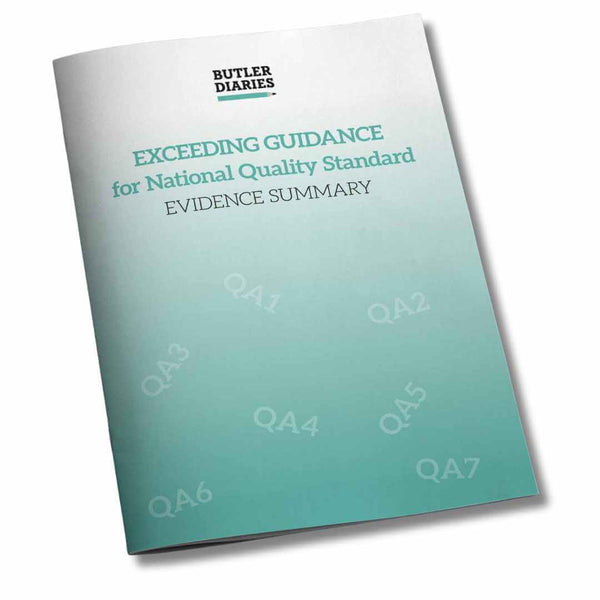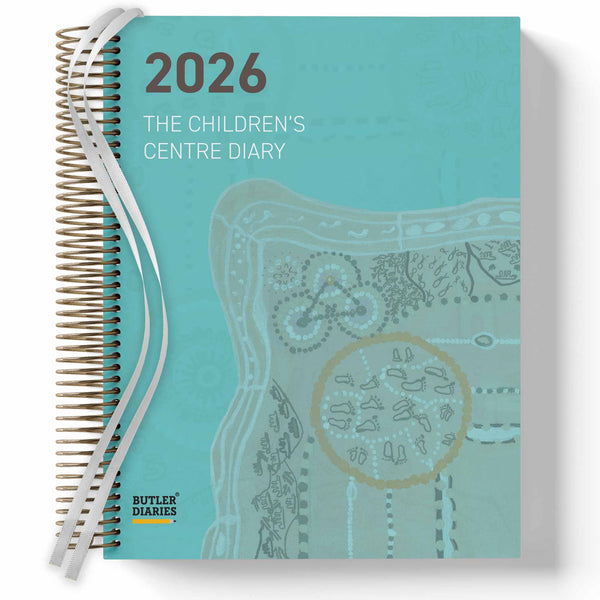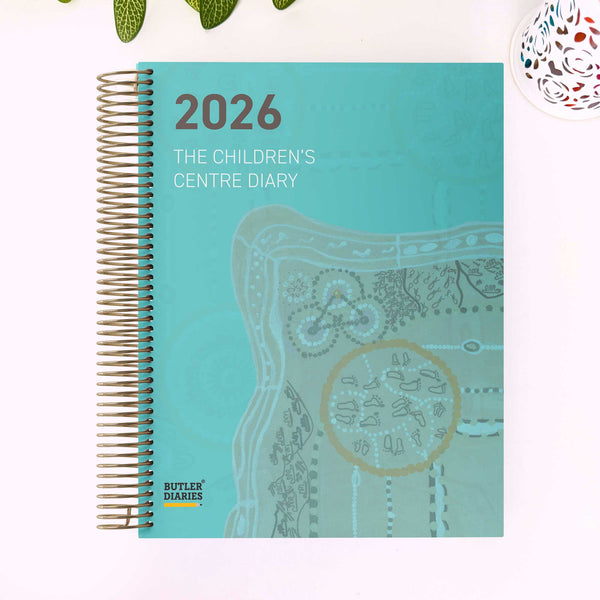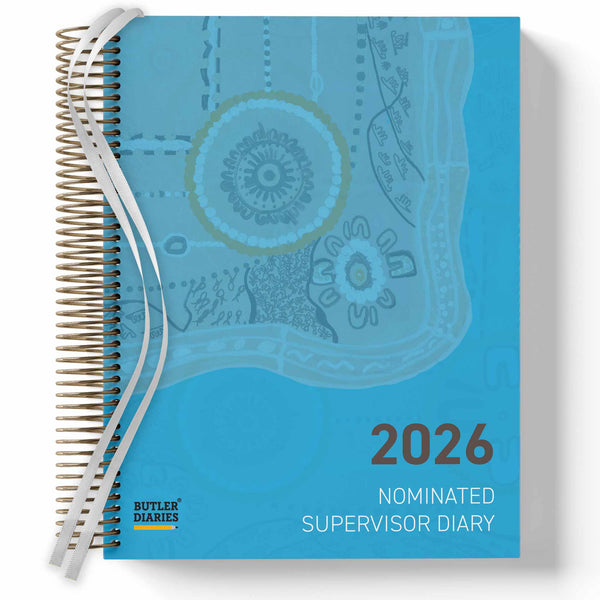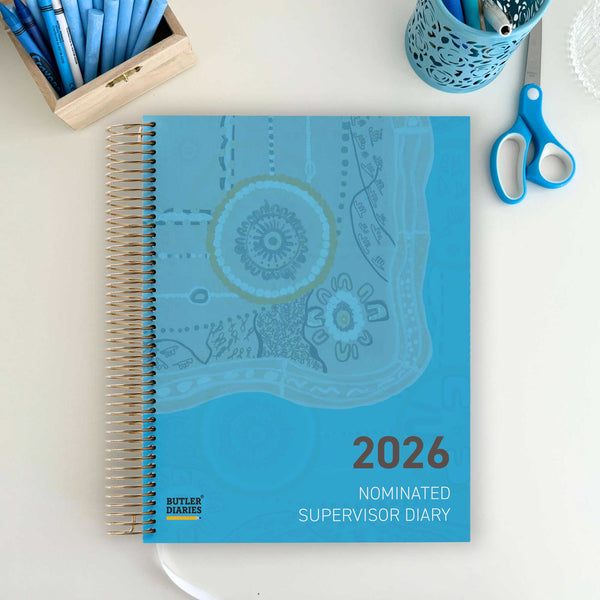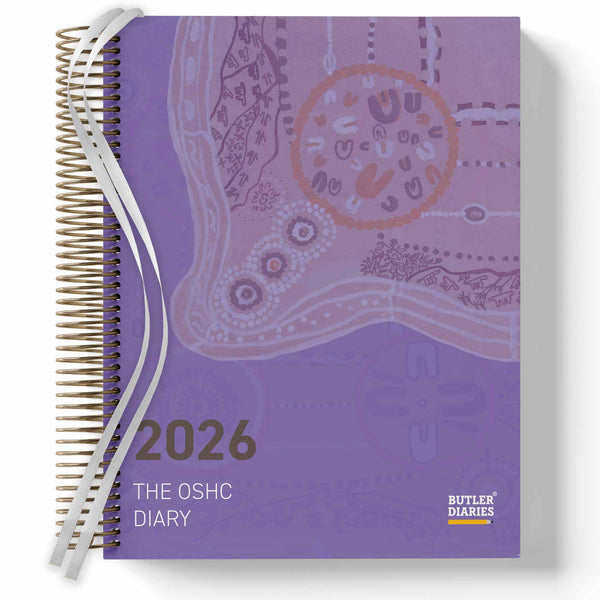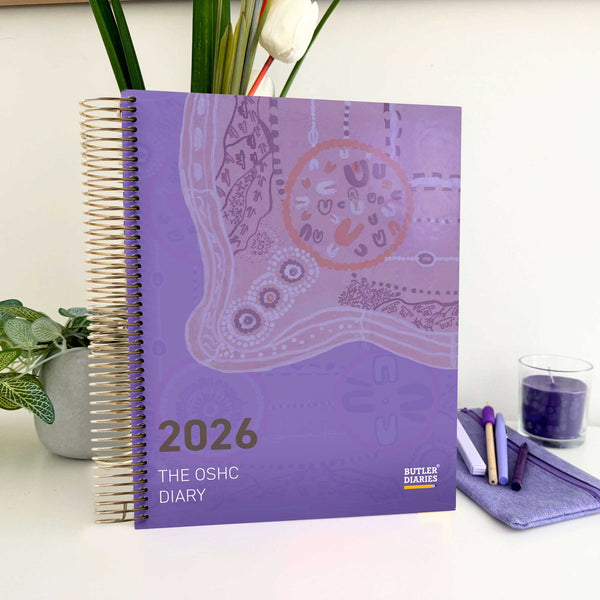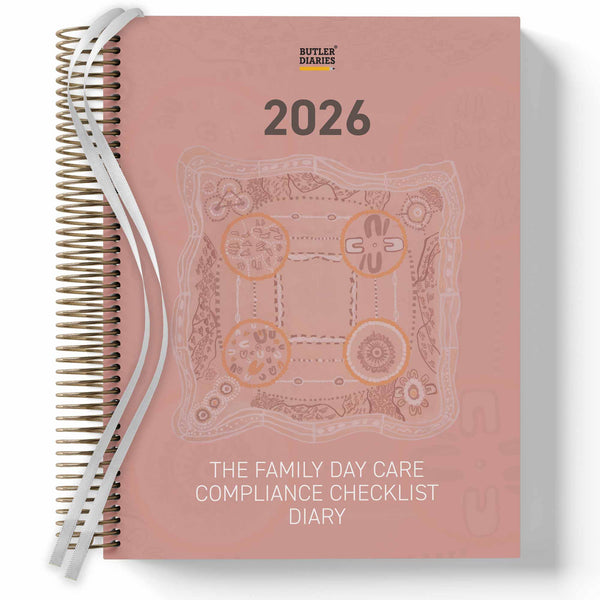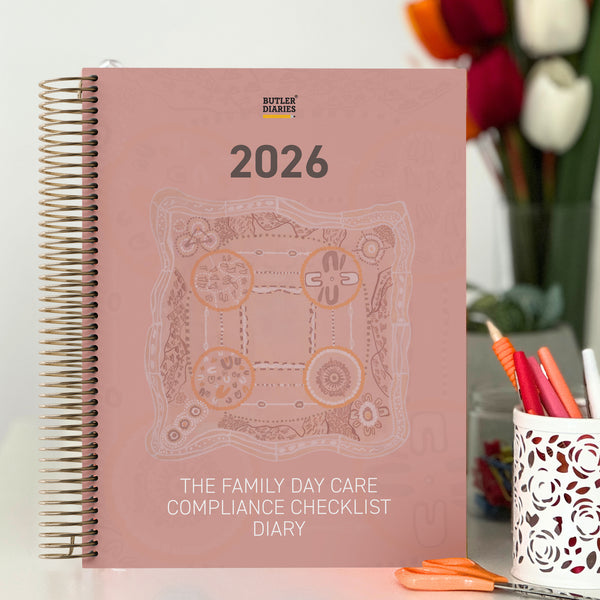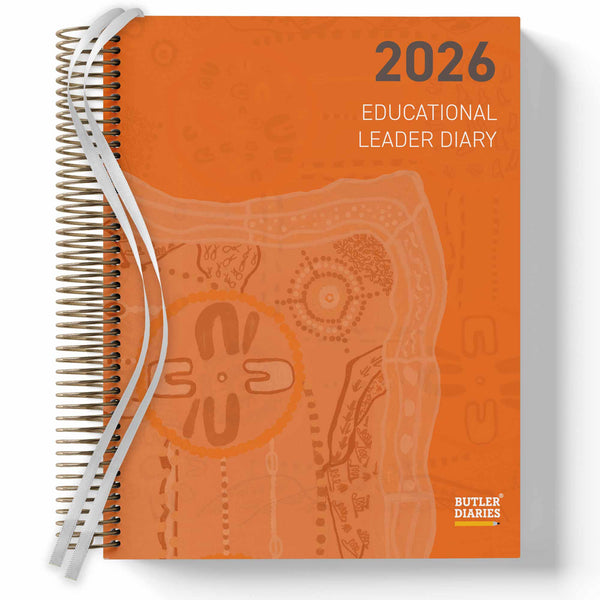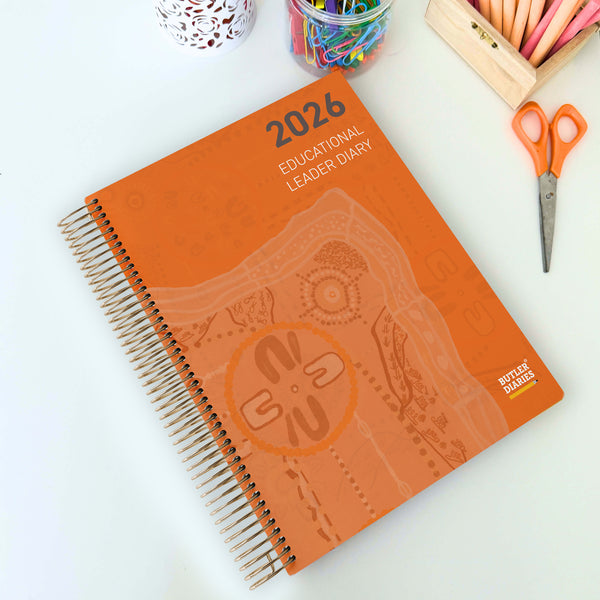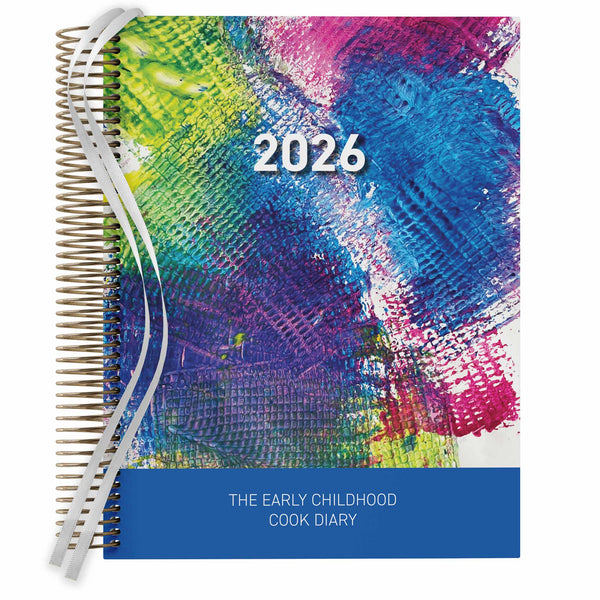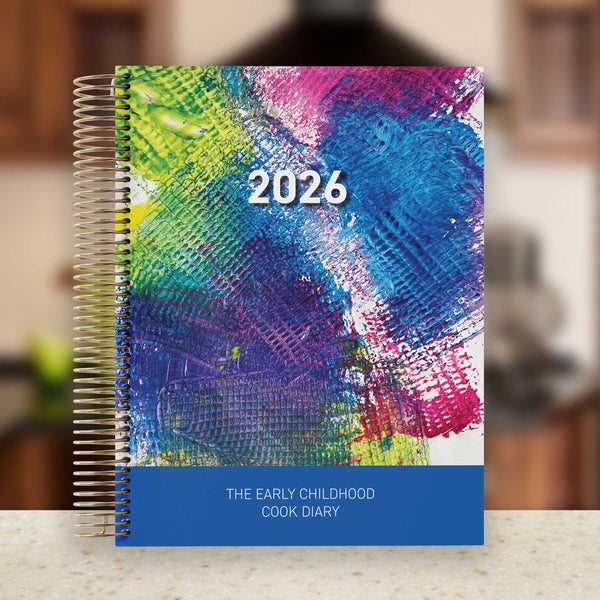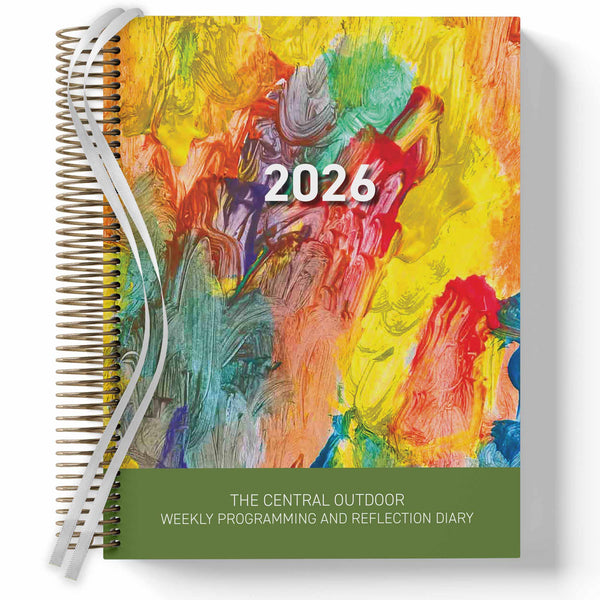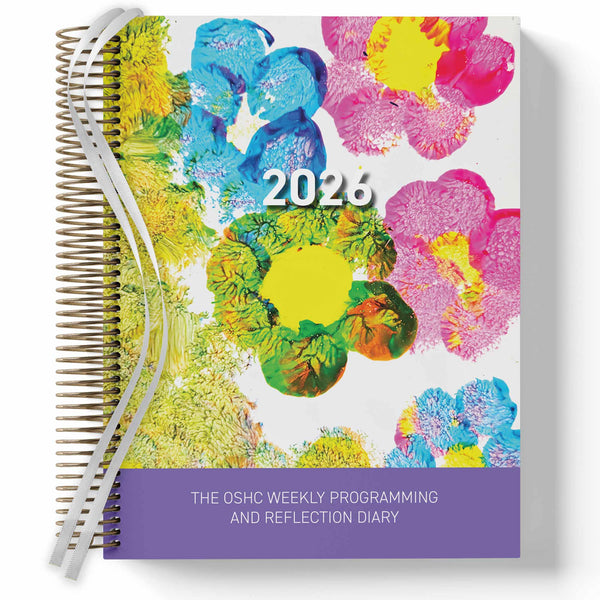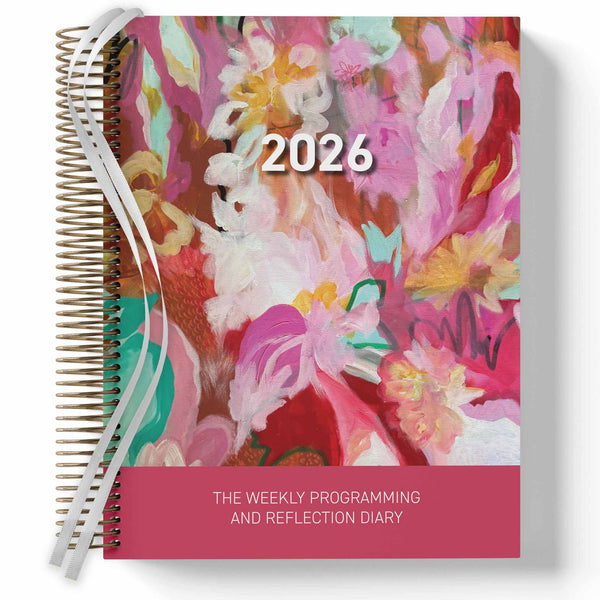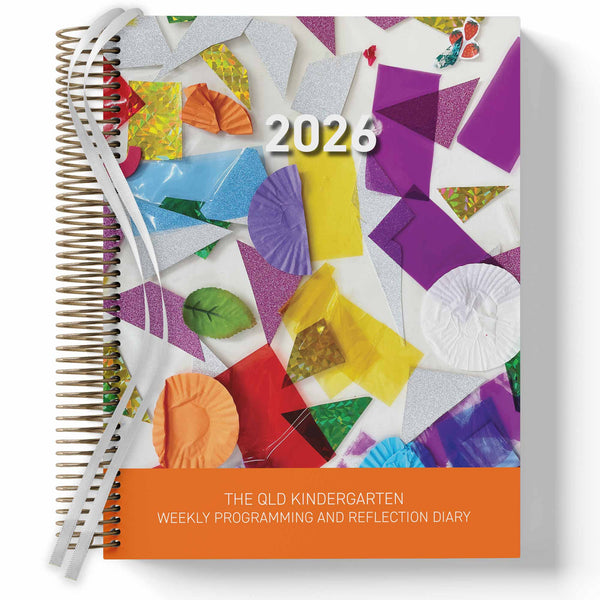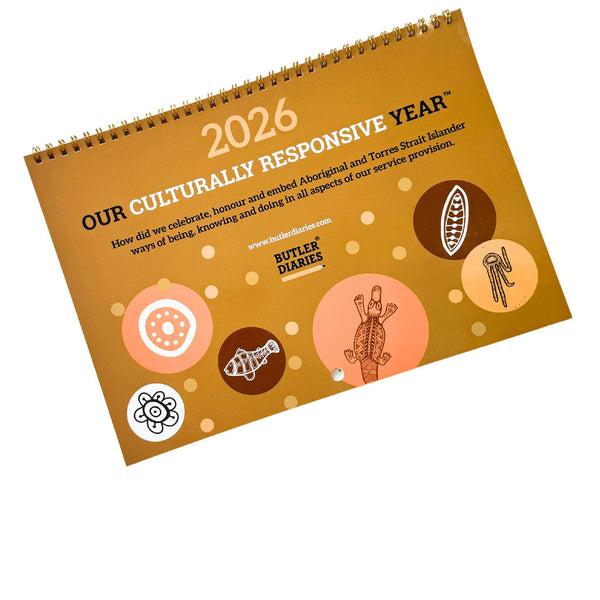Quality Improvement Plans (QIPs) are essential tools for Australian early childhood education services. They help providers assess their performance, identify areas for growth, and align with the National Quality Standard (NQS). The NQS sets benchmarks across seven key areas, including education programs, health and safety, and leadership. Connecting QIPs to these standards ensures compliance, improves service quality, and supports better outcomes for children, families, and educators.
Key Points:
- QIPs: Help services self-assess and plan improvements.
- NQS: Provides a framework with 7 Quality Areas for consistent service delivery.
- Alignment Benefits: Enhances compliance, strengthens practices, and improves learning environments.
- Steps for Alignment: Conduct self-assessments, set SMART goals, monitor progress, and use tools like diaries for documentation.
Aligning QIPs with the NQS is a structured way to maintain high standards and continuously improve early childhood education services.
Understanding the 7 Quality Areas of the National Quality Standard
The National Quality Standard (NQS) outlines seven Quality Areas that form the foundation of high-quality early childhood education and care. These areas ensure children experience environments that foster their development, wellbeing, and learning outcomes. By aligning your service with these Quality Areas, you can set clear, measurable goals within your Quality Improvement Plan (QIP) to continually enhance your service.
The 7 Quality Areas Explained
Each Quality Area focuses on a specific aspect of service delivery, providing a clear framework for targeted improvements. Here's what they mean for your service:
| Quality Area | Focus | What This Means for Your Service |
|---|---|---|
| Quality Area 1: Educational Program and Practice | Encourages child participation in play and learning | Develop engaging curriculums, create meaningful learning experiences, and adopt effective teaching practices. |
| Quality Area 2: Children's Health and Safety | Protects children from illness and hazards | Strengthen hygiene, implement nutrition plans, manage risks, and ensure safe environments. |
| Quality Area 3: Physical Environment | Maintains safe and stimulating spaces | Ensure indoor and outdoor areas are well-designed, safe, and support learning. |
| Quality Area 4: Staffing Arrangements | Ensures qualified and attentive staff | Focus on educator qualifications, maintain proper ratios, and invest in professional growth. |
| Quality Area 5: Relationships with Children | Builds trust and emotional security | Foster positive, respectful interactions and provide emotional support. |
| Quality Area 6: Collaborative Partnerships with Families and Communities | Strengthens family and community connections | Engage families, respect diverse values, and build local partnerships. |
| Quality Area 7: Governance and Leadership | Supports effective leadership and management | Develop strong leadership, refine policies, and embed continuous improvement practices. |
How Each Quality Area Connects to QIP Goals
The NQS framework directly informs your QIP, helping you identify strengths and areas for growth. Each Quality Area provides a foundation for setting specific, actionable goals:
- Quality Area 1: Focus on enriching children's learning by refining curriculum planning and creating more engaging experiences.
- Quality Area 2: Strengthen health and safety measures, update risk management strategies, and enhance hygiene practices.
- Quality Area 3: Improve learning environments by upgrading facilities, redesigning spaces, or enhancing outdoor play areas.
- Quality Area 4: Invest in professional development, optimise staffing arrangements, and ensure effective educator-to-child ratios.
- Quality Area 5: Enhance relationships with children by fostering positive interactions and providing stronger emotional support.
- Quality Area 6: Build deeper family engagement and form meaningful partnerships within your local community.
- Quality Area 7: Focus on leadership development, refine governance practices, and strengthen quality assurance processes.
Step-by-Step Guide for Aligning QIPs with National Quality Standards
Developing a Quality Improvement Plan (QIP) that aligns with the National Quality Standard (NQS) requires a structured approach. By following these steps, you can ensure compliance while fostering a culture of ongoing improvement that benefits children, families, and educators.
Conducting a Self-Assessment
Start by assessing your service against each NQS element. This process helps pinpoint your strengths and areas needing improvement across the seven Quality Areas.
To gain deeper insight, review past assessment reports and regulatory issues. Identifying recurring challenges and past successes provides valuable context for planning future improvements. The Australian Children’s Education & Care Quality Authority (ACECQA) offers a Self-assessment Tool to guide services through this stage and Butler Diaries offers a Reflective NQS Checklist.
 Work systematically through each Quality Area, recording evidence for every element. Compare your current practices with the National Law, Regulations, and NQS standards to determine whether your service meets requirements or requires improvement. Address any non-compliance issues immediately to safeguard children and maintain regulatory standing.
Work systematically through each Quality Area, recording evidence for every element. Compare your current practices with the National Law, Regulations, and NQS standards to determine whether your service meets requirements or requires improvement. Address any non-compliance issues immediately to safeguard children and maintain regulatory standing.
Involve your team by using surveys, observations, and educator reflections to validate findings. Document both strengths and areas for growth. This balanced, transparent approach not only builds a realistic foundation for your QIP goals but also supports team morale throughout the process.

Once your assessment is complete, the next step is to set clear, actionable goals.
Setting Clear and Measurable Goals
Turn your assessment results into SMART (Specific, Measurable, Achievable, Relevant, Time-bound) goals aligned with the NQS Quality Areas.
Develop action plans that outline the steps, responsibilities, resources, and timelines needed to achieve these goals. For instance, you might aim to improve children’s engagement in group learning within three months. Strategies could include introducing interactive group storytelling sessions with props and providing professional development on inclusive group activities. Track your progress through educator reflections and parent feedback to evaluate engagement levels.

Assign responsibilities to specific team members and set realistic timelines that account for your service’s capacity and resources. Clearly define how success will be measured - whether through feedback, observational data, or compliance metrics - to ensure accountability and meaningful progress.
Reflect and track these professional goals in your weekly reflection pages in your
Monitoring Progress and Recording Outcomes
Quality improvement is an ongoing process. Once goals are in place, it’s essential to monitor progress continuously. The PDSA (Plan-Do-Study-Act) cycle can help you test and refine strategies before implementing them on a larger scale.
Schedule regular reviews, such as weekly check-ins, to track progress against your goals. Tools like Office and Leader Diaries can capture reflections and progress from leaders and the Children’s Centre Diary can be used to work collaboratively with your team on goals and track improvements and changes across the service.
 Document both achievements and challenges throughout the process. Keeping records of what worked, what didn’t, and the lessons learned is invaluable for future QIP updates. It also demonstrates your commitment to ongoing quality improvement.
Document both achievements and challenges throughout the process. Keeping records of what worked, what didn’t, and the lessons learned is invaluable for future QIP updates. It also demonstrates your commitment to ongoing quality improvement.
Engage all stakeholders by maintaining open communication about progress and outcomes. Before rolling out new strategies across your service, trial them on a smaller scale to identify potential issues and make adjustments. This approach reduces the risk of large-scale implementation errors.
"Ideas for change can come from a variety of sources: critical thinking about the current system, creative thinking, observing the process, a hunch, an idea from the scientific literature, or an insight gained from a completely different situation. A change concept is a general idea with proven merit and sound scientific or logical foundation that can stimulate specific ideas for changes that lead to improvement." – Plsek P
Keep your QIP up to date by revising it to reflect completed goals, emerging priorities, and any changes in circumstances. This ensures your efforts stay relevant and continue to make a meaningful impact.

sbb-itb-706bda8
Tools and Resources to Support QIP Implementation
Creating an effective Quality Improvement Plan (QIP) isn’t just about meeting standards - it’s about using the right tools to simplify documentation, track progress, and align with the National Quality Standard. The right resources can transform what feels like overwhelming paperwork into a system that supports professional practice and delivers better outcomes for children.
Planning and Compliance Tools Make the Difference
At the heart of successful QIP implementation are tools like programming diaries and reflection journals. These resources help educators document self-assessments, monitor progress, and keep up with compliance requirements. Tools designed for tracking compliance are especially useful for navigating the seven Quality Areas of the National Quality Standard. By keeping detailed records and spotting patterns in practice, educators can clearly demonstrate their commitment to continuous improvement.
Leaders can record reflective conversations and track professional goals using their Office and Leader Diaries. They can implement tools such as the Children’s Centre Diary as a centre-wide communication and reflective tool to drive quality improvement.
The Exceeding Guidance for the National Quality Standard: Evidence Summary when completed correctly can be a powerful tool to showcase your service’s alignment with NQS and keep evidence recorded in one place. This tool works in unison with your Quality Improvement Plan to show your service’s compliance and commitment to quality practices.
Butler Diaries: Simplifying Professional Practice
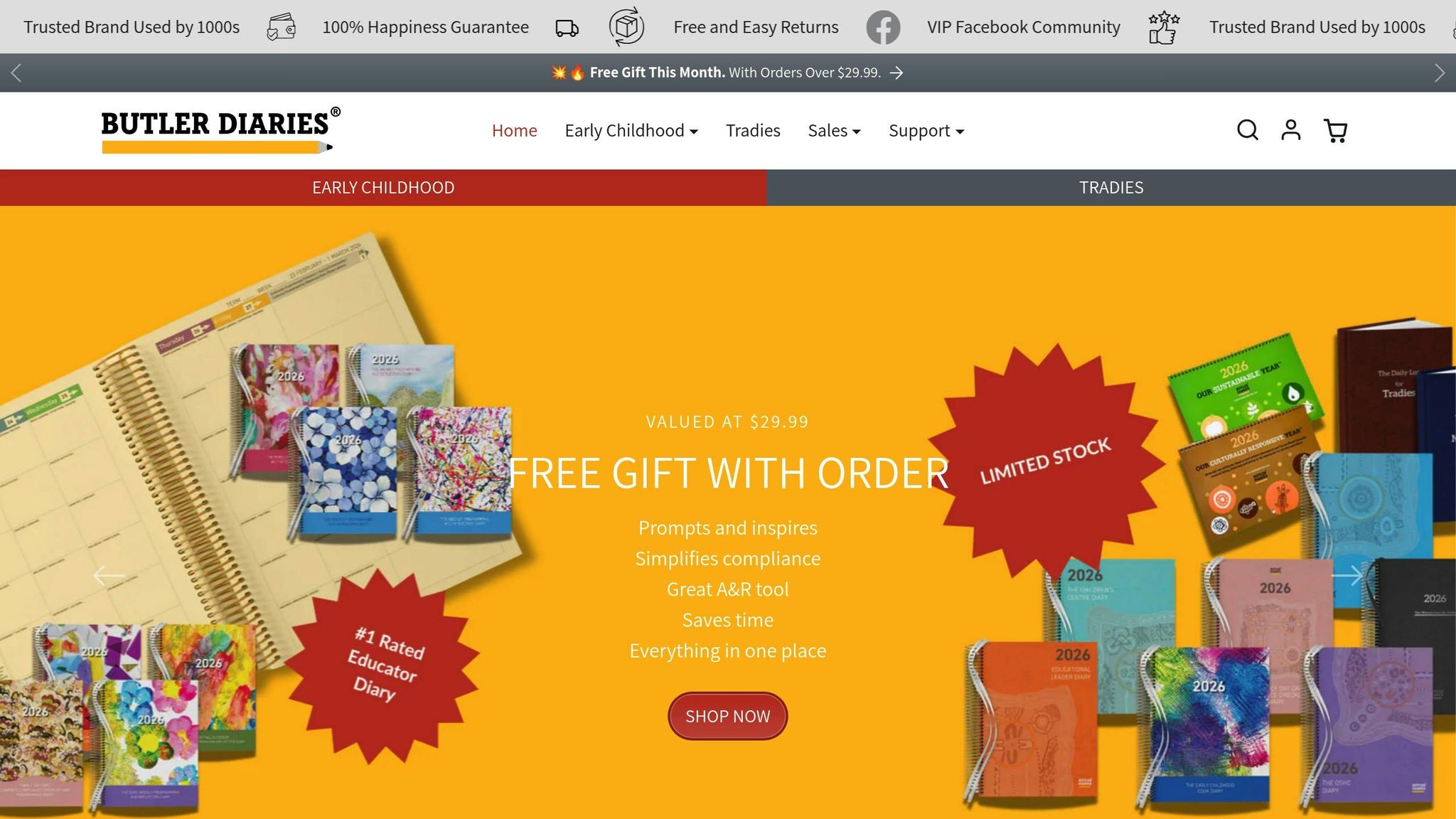
Butler Diaries takes the stress out of compliance and planning. With over 35,000 orders shipped and an impressive average rating of 4.95 stars, their 2026 hard cover spiral-bound diaries are a favourite among educators and leaders. These diaries are designed with specific roles in mind, featuring layouts that make daily planning easier. Plus, the flat-lay design is a thoughtful detail that busy educators appreciate during hectic documentation sessions.
"We make your job easier by giving you designs that suit your specific every day requirements. Making compliance and record keeping a breeze. Stay organised and focus on exceeding."
– Butler Diaries
Educators have shared glowing feedback about these tools. Caroline Marsh, from the Family Daycare sector, shares her experience:
"Coming from the Family Daycare sector of the industry, this diary has been integral to our compliance, planning, and programming! We can not recommend highly enough! Such a fantastic resource for jotting and planning; a must for dedicated educators!!"
– Caroline Marsh
These testimonials underscore the value of having the right tools to support professional practice and ensure QIP success.

Conclusion: Achieving Continuous Improvement Through QIPs
Quality Improvement Plans (QIPs) are a cornerstone of continuous improvement in early childhood education, seamlessly connecting regulatory compliance with higher educational outcomes. By aligning QIPs with the seven Quality Areas outlined in the National Quality Standard (NQS), early childhood services establish a clear and structured path for ongoing development that benefits children, families, and educators.
At the core of effective QIP implementation is the self-assessment process. As ACECQA states, "Self-assessment against the NQS drives continuous improvement and is essential to providing quality outcomes for children". This approach transforms compliance from a checklist exercise into a meaningful opportunity for reflection. It allows services to recognise areas of strength while pinpointing genuine opportunities for growth.
Setting clear, evidence-based goals that are both measurable and realistic ensures QIPs remain actionable and impactful. Regular monitoring and documentation of progress create a cycle of improvement that not only meets regulatory requirements but also nurtures a culture of professional growth among educators. This structured approach to goal-setting and tracking lays the foundation for leveraging tools that further enhance QIP outcomes.
Platforms like Butler Diaries offer specialised resources that provide educators with a structured framework for consistent documentation and effective QIP tracking. These tools are invaluable for busy educators striving to maintain momentum and achieve meaningful outcomes across services in Australia and New Zealand.
FAQs
How do Quality Improvement Plans (QIPs) support early childhood education services in meeting the National Quality Standard (NQS)?
Quality Improvement Plans (QIPs) are essential tools for early childhood education services aiming to align with the National Quality Standard (NQS). These plans offer a clear framework for self-assessment, allowing services to review their practices and pinpoint areas that could be strengthened.
By outlining specific goals and actionable strategies, QIPs guide services in making meaningful changes to improve quality, address compliance issues, and maintain a cycle of ongoing improvement. This approach not only ensures regulatory standards are met but also contributes to better experiences and outcomes for children, families, and educators alike.
What practical tools and resources can help educators implement and track their Quality Improvement Plans (QIPs)?
Educators have access to a variety of resources that can make implementing and monitoring their Quality Improvement Plans (QIPs) much easier. For instance, free templates and self-assessment tools from ACECQA and Butler Diaries are great options for documenting and tracking progress. Additionally, state-specific platforms like the NSW Education self-assessment portal provide valuable support to ensure compliance and alignment with national standards.
On top of that, practical organisational tools - such as diaries, planners, and calendars specifically designed for early childhood educators - can be a game-changer. These tools help manage daily tasks, reflections, and compliance needs in a more structured way. By incorporating these resources, educators can stay organised, maintain focus on their objectives, and confidently meet the National Quality Standards.
How do Quality Improvement Plans (QIPs) support early childhood services in meeting the National Quality Standards (NQS)?
Quality Improvement Plans (QIPs) are essential for early childhood services aiming to meet the National Quality Standards (NQS). They provide a structured way to focus on continuous improvement. By aligning their QIPs with the seven Quality Areas of the NQS, services can pinpoint their strengths, address areas needing attention, and set achievable goals to improve in critical areas like educational programs, children’s health and safety, and leadership.
Keeping the QIP up to date through regular reviews ensures it stays relevant to the evolving needs of children, families, and educators. This approach not only supports compliance with national standards but also fosters a culture of reflection and purposeful action. For early childhood professionals, tools like planners and compliance resources designed around educational frameworks can make the process more manageable and effective.
Related Blog Posts
- Comparing MTOP and EYLF Programming Requirements
- 5 Essential Planning Tools for Early Childhood Educators
- EYLF Compliance: Common Questions Answered
- Checklist for Measuring Inclusion in ECE Settings








